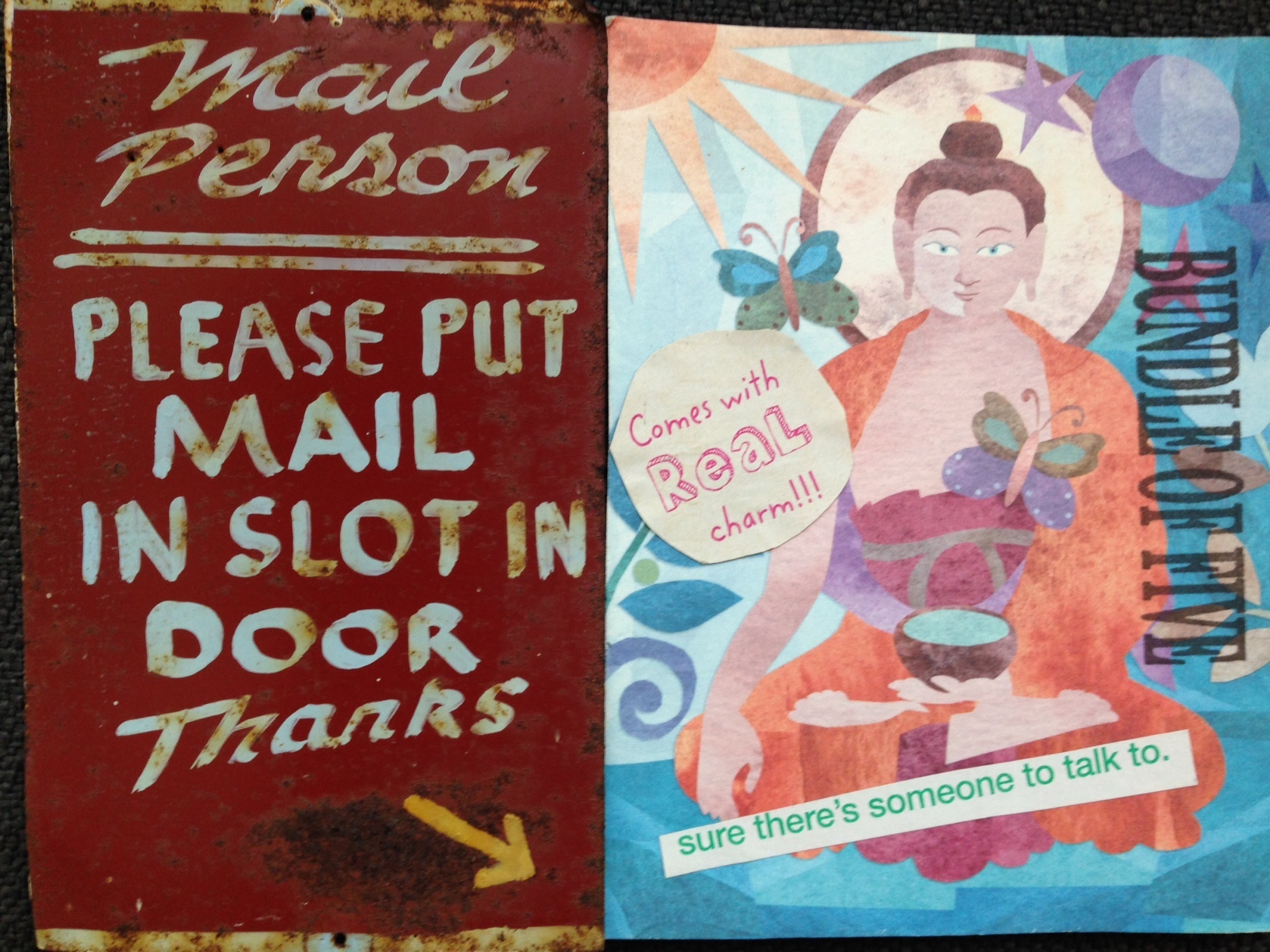At the 2013 Associated Writers and Writing Programs Conference in Boston, I wandered among rows of bright, strange, and intriguing books piled high on independent poetry press tables. Hand-stamped, letter-pressed, spray-painted, ripped, sewn, and covered in tinfoil; poems shaped like boxes, poems printed on records, poems made into pop-ups or puzzles, or rolled as cigarettes — I even spotted a tiny book hidden inside a plastic egg.



